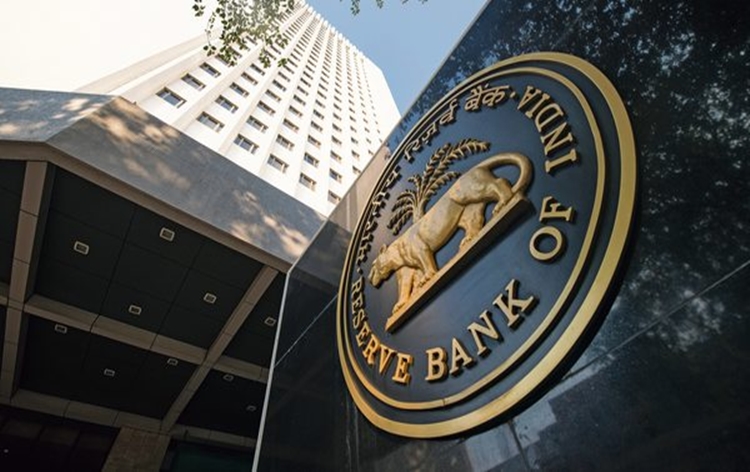As the three-day meeting of the Monetary Policy Committee (MPC) of the Reserve Bank of India (RBI) commenced on Wednesday, October 4th, there was widespread anticipation that the central bank would maintain the current interest rates and policy stance. However, despite these expectations, rate-sensitive sectors such as banking, automobiles, and real estate experienced significant losses during intraday trading.
Nifty Bank, Private Bank, PSU Bank, Auto, and Realty indices all fell by over a percent each on Wednesday, while the equity benchmark Nifty 50 declined by nearly one percent. Market participants appeared cautious, awaiting the outcome of the RBI MPC meeting. Additionally, sharp gains in US Treasury yields and the strength of the dollar contributed to the cautious sentiment, alongside foreign capital outflows.
Foreign institutional investors (FIIs) had already sold Indian equities worth ₹14,768 crore in September and ₹2,868 crore in October up to this point. This trend added to the overall market apprehension.
The primary goal of the RBI is to control inflation, but it also aims to safeguard India’s economic growth. Experts noted that domestic inflation spiked to 7.4 % in July but eased slightly to 6.8 percent in August. It is expected to gradually move toward 5.5% by December. However, it remains above the RBI’s 4 % target and is likely to stay elevated for several more quarters.
The highly anticipated policy review outcome is scheduled to be announced on Friday morning. In the event of a status quo, interest rates for both retail and corporate borrowers would remain stable. Experts believe that the RBI will retain the benchmark rate at 6.5 percent due to persistent inflation concerns and global economic factors.
The RBI had begun increasing the policy rate in May 2022, in response to the Russia-Ukraine conflict, eventually reaching 6.5 percent by February of the following year. Since then, the rate has remained unchanged in the last three successive bi-monthly monetary policy reviews.
Madan Sabnavis, Chief Economist at Bank of Baroda, commented, “The credit policy this time will most likely continue with the existing rate structure and policy stance. Hence, the repo rate will be retained at 6.5 percent with the stance of withdrawal of accommodation. But as the inflation trajectory is downwards, a rate hike can be ruled out. However, we may have to wait for a longer time for the MPC to cut the repo rate.”
In an off-cycle meeting in May 2022, the MPC raised the policy rate by 40 basis points, initiating a series of rate hikes in subsequent meetings until February 2023, resulting in a cumulative increase of 250 basis points.
The MPC comprises three external members, including Shashanka Bhide, Ashima Goyal, and Jayanth R Varma, along with RBI officials, including Governor Das, Rajiv Ranjan (Executive Director), and Michael Debabrata Patra (Deputy Governor).
As the financial world awaits the outcome of the RBI MPC meeting, market dynamics and the central bank’s decisions continue to be closely watched for their impact on India’s economic landscape.
(inputs from ANI)














